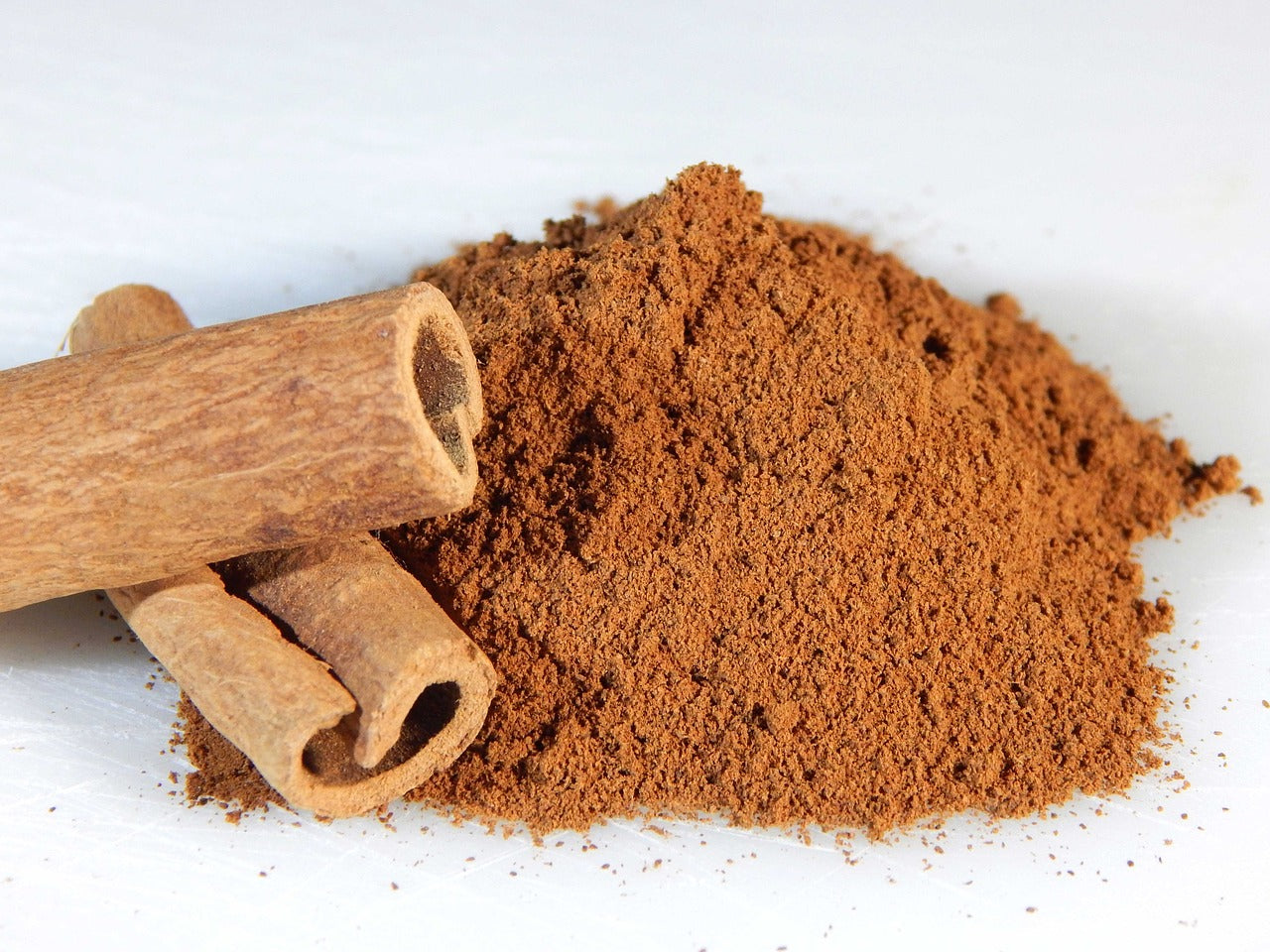
This Tasty Spice Might Help Us Kill Antibiotic Resistant Superbugs
Superbugs: bacteria that may one day resist any antibiotic thrown at it.
Reading that sentence doesn’t sound that scary.
But when you consider we’ve only been in antibiotic era for 89 years… and conservative estimates indicate antibiotics have likely saved more than 300 million peoples lives in that time… you can see why losing to antibiotic superbugs would be a big deal.
The problem with superbugs is we can’t just try more antibiotics to defeat them.
We’ve got to figure out other ways to kill them… or we’ve got to at least find ways to help antibiotics fight bacteria so they don’t become resistant to other rounds of treatment.
Fortunately pioneering researchers are always searching for new ways to help beat bacteria.
And a recent study by researchers at Swinburne University of Technology in Australia may have discovered that an extremely popular (and tasty) spice holds promise as an effective bacteria killer
The spice I’m referring to is cinnamon.
Cinnamon has been studied previously because it has known antibacterial properties.
In this most recent study, published in the journal Microbiology, researchers investigated if those antibacterial properties could help in the fight against superbugs.
The researchers chose to focus on a compound called cinnamaldehyde (CAD) and the way it helps to neutralize bacterial activity. CAD is found in cinnamon essential oil, and this is why many people recommend cinnamon essential oil for household cleaning.
Interestingly, many of them don’t know about CAD’s true powers.
The researchers’ investigation into CAD centered on how CAD could bust up biofilms. Biofilm is a slimy and sticky layer of bacteria that forms inside of the body. Biofilms are dangerous because antibiotics can’t permeate them and this can lead to infection.
An example of biofilm would be the plaque that build up on teeth.
Biofilm form after bacteria congregate in an area and “agree” to come together in a large colony. Once formed, they act as a fortress of infection.
The team of researchers want to see if CAD could break biofilm down so antibiotics could eradicate bacteria.
As lead researcher Dr. Sanjida Topa wrote: "We hypothesized that using natural antimicrobials, such as essential oils, might interfere in biofilm formation. Thus, we focused on the impact of different concentrations of cinnamaldehyde in different biofilm development stages."
Medical News Today wrote this in their synopsis of the trial.
For their experiments, they used Pseudomonas aeruginosa, a bacterium commonly responsible for infections in people with reduced immune systems, such as individuals with cancer, diabetes, or cystic fibrosis.
When CAD was tested against bacterial biofilms, it was shown to break them down in over three quarters of cases. It also appeared to hinder the formation of biofilms and prevent bacteria from spreading.
Biochemical analysis showed that the disruption of biofilm genesis was likely due to reduced levels of a second messenger called bis-(3′–5′)-cyclic dimeric guanosine monophosphate, which is known to be important in their formation.
"These findings definitely contribute to the search for novel antimicrobials. [...] Fabrication of cinnamaldehyde for surface treatments, for example [to treat] skin infections, could be the first direct application."
As Dr. Topa explains, "Humans have a long history of using natural products to treat infections, and there is a renewed focus on such antimicrobial compounds." Hopefully, this approach will help restock our arsenal of antimicrobial agents as antibiotics become increasingly toothless.
While this isn’t the death-knell for superbugs, it’s definitely exciting to see natural compounds like this effective in defeating bacteria.
I certainly hope we figure out a way to harness CAD’s antibacterial properties so we can use it to fight superbugs in the future.
Talk soon,
Dr. Wiggy
www.HealthAsItOughtToBe.com



